Finally: TTAC Gets Its Hands On The FT86. And Its Chief Engineer

Today was the day Toyota’s FT86 was officially revealed. Actually, it will be officially revealed at the Tokyo Motor Show, which will open its doors to the public on December 3. Today, the international media had a sneak preview of the car. Us, and maybe 20,000 people who lined the galleries of the Fuji Raceway where Toyota and Gazoo Racing held its TGRF (Toyota Gazoo Racing Festival). The masses could witness from afar as Akio Toyoda climbed out of an orange sports car, removed his helmet and waved at the adoring crowds.
The press corps had a chance to drive the car. That opportunity that was immediately turned into hoonery by a rough and tumble contingent from Australia. One of them drove the car with so much enthusiasm that it spun out , did a few twirls and had a near-miss with an Australian cohort. We immediately had proof that the car provided only the barest necessities in computer control, and that one has to know how to drive, unless a rendition of Swan Lake is desired.
Before we get to that, the essentials. The name of the car had been the target of endless speculation. Until yesterday evening, Toyota steadfastly referred to the car as nothing else than a “compact real-wheel-drive sports car.”
Some at TTAC had recommended that the car should get a Japanese name. Toyota listens to its customers and complied.
The car will be called “Hachiroku.”
This is Japanese and means 86.
Yes, Toyota simply dropped the “FT”. It also wants to carry on the spirit of the AE86 of lore.
For me, the most interesting part of today was to sit in a quiet room with Tetsuya Tada, and a handpicked group of journalists. (The man on the right is Hans Greimel of Automotive News.) We could listen to Tada’s comments about the car. We had talked before, in August, but this time, the Chief Engineer of the 86 could be less circumspect and was able to talk openly. He sure did. For starters, I learn that Toyota’s test drivers had given him a very hard time:
“Mr. Toyoda almost continuously participated in the development of this car. Not as President, but as a test driver. Usually, when they say that the president of a company is test driving a prototype car, then it is mostly ceremonial. Mr. Toyoda’s participation was not simply ceremonial. He was a serious test driver and had some pretty tough comments. In some phases of the development. he said: “If that is the best you can do, why not quit now.” One by one, we overcame these problems.”
In the grand scheme of things, Akio Toyoda had been polite. Stronger words came from Hiromu Naruse, Toyota’s chief test driver who found an untimely death by crashing his LFA into a BMW 3series on a rural highway close to the Nürburgring. Tada remembers:
“When Naruse-san was still alive, he participated in the tests many time and gave us some quite harsh comments, like: ‘This is a miserable car. You are doing very poorly.’
We tested this car at the Nürburgring. Naruse-san died very close to the Nürburgring, and each time we testdrove the car later, we made sure to pass by the memorial of Naruse-san. We tried to keep Naruse-san’s spirit alive.”
One by one, the challenges thrown up by the test drivers were met. But there were other people, Tada had to contend with.
“We visited with car enthusiasts in Japan, America and Europe. The feedback we received was almost always the same. They said there are a lot of sports cars with high horsepower that are very fast, but these are not the sports cars that they want to have. They want small compact cars that are controllable, that they can tune themselves. However, that kind of sports car is not on the market. Therefore, these sports car enthusiasts are forced to continue to use older cars from a long time ago, because there is no new alterative on the market.”
Their requirements clashed with another group: Toyota’s board. The board wanted a car that goes faster than other cars. Tada’s colleagues at other car companies had to contend with the same problem:
“We also went to competitors and asked them: “Why do you focus on fast cars?” The response almost always was: ‘Actually, we really don’t want to develop these kinds of cars. But once we bring a plan to develop that car to our board, the first question the directors of the company would ask is: How much faster is that car compared to what the competition has? How many seconds faster around the Nürburgring? What about the acceleration? These questions always come up because numerical performance is the easiest to understand.
Now how did we get the permission from our board? The only reason was that among the directors, there was a person called Akio Toyoda, who is a car enthusiast himself.”
Tada not only had to convince a board that was fixated on numbers. He also had to do something highly risqué: Ditch the Toyota Way of developing cars:
“There is a Toyota standard for designing new cars. This standard was to a large extent ignored. Why did we do this? There are cars that are accepted by a lot of people. Practical cars that are easy to drive and that do not break easily. These are standard Toyota cars. The 86 is not a car like that. We had to change our design approach for this car. We may have to do this again for other cars.
It is impossible to develop a sports car that appeals to everybody. If you try to please everybody, the car would be half-baked for everybody, and not particularly good for anybody. This car is not developed by a committee, or by consensus.”
And would you believe that even Toyota’s advertising department did not like the car?
“When we first presented this idea to our advertising people, they were drastically opposed to this idea. They complained that the car doesn’t have a particularly fast time on the circuit, it does not use any new technology. They also could not think of a catchy headline for the catalogue.”
Someone should have a chat with that advertising department.
The word of mouth enthusiasm for this car is so strong, maybe it doesn’t need any advertising. Thousands of grassroots racers around the world are looking forward to a car they can tinker with. Tada built it for them:
“To make the car customizable, we did away with computers to the highest extent possible. A lot of the cars on the market today are controlled by computers. People have the feeling that they are driven by the car instead of them driving the car. That makes for a boring experience. That is why we decided to go back to the basics of car making. With the low center of gravity, the driver now is in personal touch with the road again.”
How much will this car cost? This remains a state secret. All Toyota says is that it will be “affordably priced.” Asked what that means, Tada launches into a dangerous discourse, with his press handlers getting visibly nervous:
“30 to 40 years ago, there was an AE86, and the price of this car was 1.5 million yen. At the time, that was the starting salary was for a university graduate. We kept that in mind when we priced the car. In the meantime, there has been a rise in prices, and the starting salaries rose also.”
The starting salary of a university graduate in Japan is around 2.5 million yen. In today’s undervalued dollars, this would be around $32,000. We will have to wait until early 2012 when the car is officially released. There will be no pricing announcement at the Auto Show.
All the specs that are available can be downloaded here.
Ah, the test-drive.
I drove the same 86 the Aussie hoons pirouetted through a sharp turn. All I did was make the tires chirp. At a test drive, I like to return the car as I found it. It drove very nicely. It does not press you into the bucket seat with jet fighter g-forces. I am told it will do 230 km/h (143 mph) and will go 0-100 km/h (0-62 mph) in 6 seconds.
Would I buy it?
Yes.

Bertel Schmitt comes back to journalism after taking a 35 year break in advertising and marketing. He ran and owned advertising agencies in Duesseldorf, Germany, and New York City. Volkswagen A.G. was Bertel's most important corporate account. Schmitt's advertising and marketing career touched many corners of the industry with a special focus on automotive products and services. Since 2004, he lives in Japan and China with his wife <a href="http://www.tomokoandbertel.com"> Tomoko </a>. Bertel Schmitt is a founding board member of the <a href="http://www.offshoresuperseries.com"> Offshore Super Series </a>, an American offshore powerboat racing organization. He is co-owner of the racing team Typhoon.
More by Bertel Schmitt
Latest Car Reviews
Read moreLatest Product Reviews
Read moreRecent Comments
- 3-On-The-Tree My 2009 C6 corvette in black looks great when it’s all washed and waxed but after driving down my 1.3 mile long dirt road it’s a dust magnet. I like white because dust doesn’t how up easily. Both my current 2021 Tundra and previous 2014 Ford F-150 3.5L Ecobomb are white
- Bd2 Would be sweet on a Telluride.
- Luke42 When will they release a Gladiator 4xe?I don’t care what color it is, but I do care about being able to plug it in.
- Bd2 As I have posited here numerous times; the Hyundai Pony Coupe of 1974 was the most influential sports and, later on, supercar template. This Toyota is a prime example of Hyundai's primal influence upon the design industry. Just look at the years, 1976 > 1974, so the numbers bear Hyundai out and this Toyota is the copy.
- MaintenanceCosts Two of my four cars currently have tires that have remaining tread life but 2017 date codes. Time for a tire-stravaganza pretty soon.

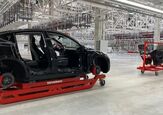
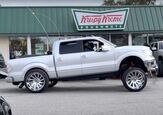


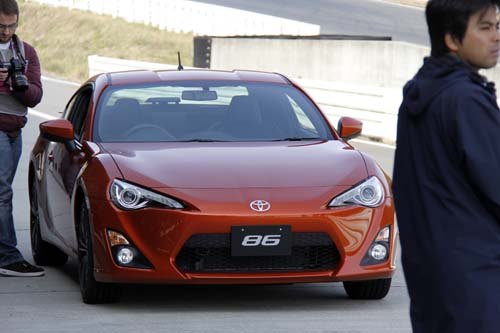





























































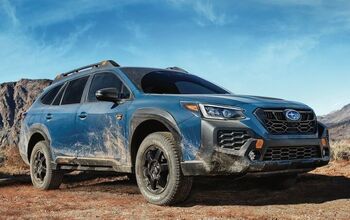
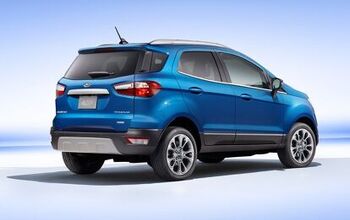
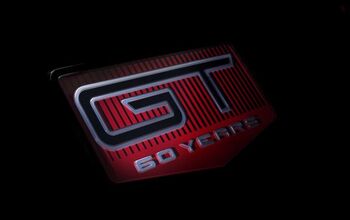
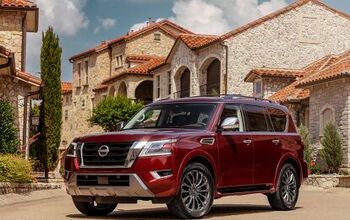
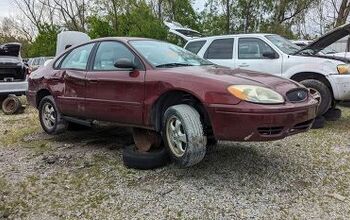
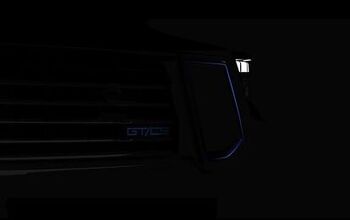
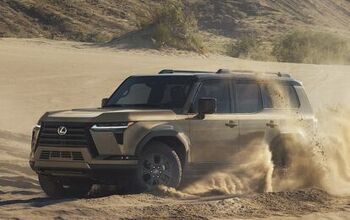
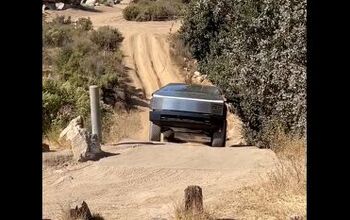
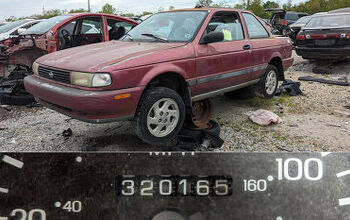
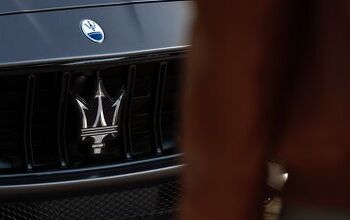
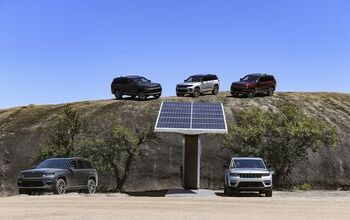
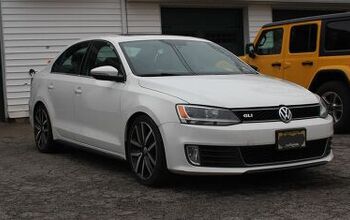
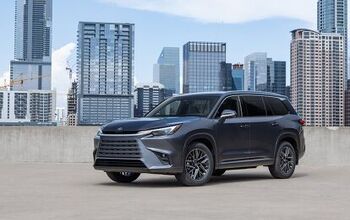


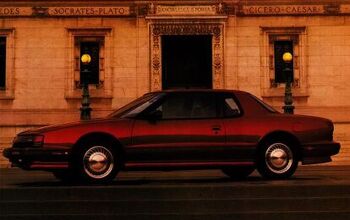

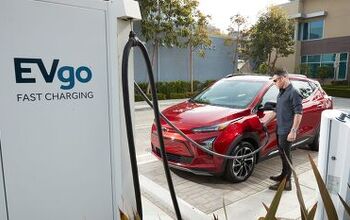
Comments
Join the conversation
I'm waiting for the four-door version. That'll be more practical than this two-door. Basically, it would be what I've been looking for in a car - a simple and affordable RWD sports sedan that puts the pleasure back to what driving a car was 10 to 20 years ago. That was before automobiles became either commoditized appliances or over-weighted quarter-mile racers. I just want to feel like I'm driving again instead of being driven.
Good to hear they are thinking about it. I basically want a mainstream, reliable brand to make the functional equivalent of a BMW E46 or E39. FR layout with available manual transmission in a practical package. I can easily give up the leather interior, power seats, moonroof, etc. Lower running costs would be much appreciated too. I think something based on the FR-S/BRZ would fit that bill. Too bad I think it would have a tough time selling.